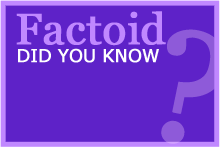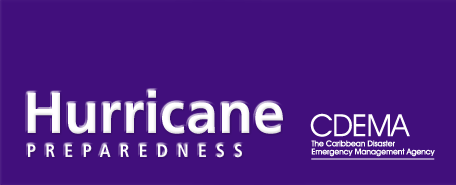Safer Building Techniques
The Caribbean Basin is prone to a variety of natural hazards which can have significant impact on your home or business. To avoid damage to or destruction of your investment, you make steps to hurricane proof your property in the design and construction phases by practicing safer building techniques.
Safer building techniques mean seven things:
- Getting the right information
- Using the right contractors
- Building on the right site
- Having the right design
- Constructing with the right materials
- Ensuring the right construction methods are being used
- Buying the right insurance
Getting the right information
Are there building codes or planning policies? Such regulations are particularly relevant considering the natural hazards that affect countries in the Caribbean region. They establish standards of building materials and methods which would prevent or mitigate damage arising from natural hazards. These standards apply to timber construction, concrete masonry, plain and reinforced concrete, structural steel construction and the construction of small buildings. They also address issues pertaining to public health and safety in construction of small buildings, precautions to be adopted during construction, provision of water supply services and the regulation of waste disposal, plumbing, electrical and mechanical installations, dead and live loads, excavations and foundations.
Don’t leave it up to your contractor. Find out for yourself!
- Using the right contractor
What you don’t know CAN hurt you! The skills and information that professionals bring to your project can be of tremendous value. This initial investment will save you money and headaches in the long run. It is a good idea to hire architects or engineers separately from contractors, because they are knowledgeable about the structural problems. Engineers and architects can also help you evaluate bids from different builders, and assist you in any dispute with the contractor. Remember that contractors are not usually trained to design structures or renovations. The fee for the architect or engineer should only be a small percentage of the total work cost.
- Building on the right site
Before you start constructing, you need to check whether the land is a good spot on which to build. Is it prone to flooding or land slippage or any other natural hazard? If you are unsure, then consult with and engineer. The right site reduces your vulnerability to natural hazards.
- Having the right design
When money is no object, a house can be designed first and then the ideal location found for it. However, if money is scarce, then the design of the house should take into consideration the site’s natural features and your area’s conditions, including potential hazards. Is an Environmental Impact Assessment required? Good design makes you safer and more comfortable. It also reduces your vulnerability to hazards. It can reduce or prevent: Delay in exiting in case of emergency; excessive heat; roofs lifting off in a high wind; damage to windows, walls and contents due to the wind and water from storms; severe damage or collapse due to earthquake; flashfloods carrying your house away; foundations being eroded by rain runoff or undermined by storm surge; flooding; and fire hazards.
- Constructing with the right materials
Sub-standard or inappropriate materials will not serve you well in the long run. Building with concrete instead of timber does not mean the house is safer. Choose what’s right and what’s well-made. General principles are: use of sound timber; use concrete that meets standards, and reinforce it with steel; use the right fasteners. For example, use roofing nails or screws instead of ordinary nails to attach a galvanized roof. This simple choice could make the difference to your roof staying on in a high wind. Building materials often emit chemicals. If you are sensitive to, or already injured by chemicals, you should choose materials wisely. It is a wise choice for your health to use hardwood rather than pressed wood products, which contain formaldehyde in the glue. Carpets also emit chemicals if they are not made with natural fibers.
- Ensuring the right construction methods are being used
In general, using the right methods means: beginning with a strong foundation that is appropriate to the site. Connecting the walls to each other, to the foundation and to the roof in the proper way (get a copy of CDERA’s Safer Building Handbook for Homeowners in the Caribbean).
- Buying the right insurance
When we talk about risks and how to manage them, we usually focus on how to prevent or reduce them, and this is the wisest course. However, another factor in risk management is risk transfer. If this sounds to you like shifting the risk to someone else, you are correct. That’s what insurance does. In exchange for an agreed payment (the premium), the insurance company takes on your risks and will compensate you if something happens, so that you can rebuild and recover. At least one Caribbean insurance company offers reduced premiums to people whose buildings are constructed or reto-fitted to resist hazards. This sensible policy is expected to slowly become a trend, and as a consumer you can help it along by creating demand for this kind of price break.
|


























